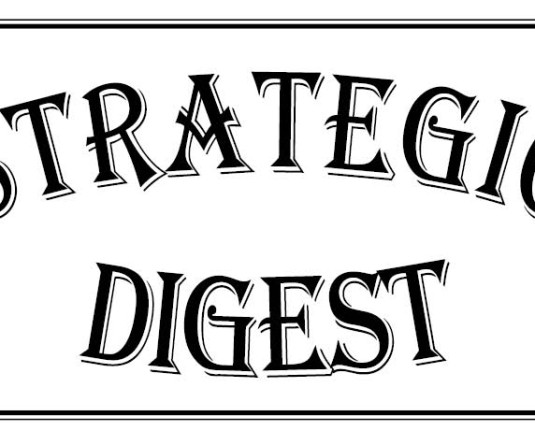
I have a flamboyant Uncle, whose collection of Jeans is more than double of mine. For last two years both Uncle and Aunt has settled in Dimapur, after retiring from central govt job. A year and a half back both Uncle and Aunt visited my office.
“Your Uncle wants to invest, he needs your help” : said my graceful Aunt!
“I want to invest all my money in somewhere best, with maximum possible return” added my all excited uncle.
“This seemingly simple talk of my Uncle has more loopholes then the potholes put together in entire Dimapur”........... my critical mind analysed. The fact that there is no best investments universally, is a fact I struggle to tell my friends again and again.
“A senior citizen should have a predominantly conservative investment approach” I answered. And that’s just not what my Uncle had hoped for.
At the time of retirement, most of us get a large sum of money. It can be from your provident fund (PF), superannuation, leave encashment, commutation of pension, or any combination of these.
The biggest question that one faces at this time is: How and where to invest this money? Which investment avenue is safe, yet gives a good return?
Thus, you face a situation where you need to invest a very large amount – amounts that you probably would have never invested at one go in your entire life!
What to expect from post-retirement investments?
• Lasting returns
You need to create an income stream that would not only help you take care of your current expenditures, but also continue to help you take care of day-to-day expenses in the future.
• Safe returns
Since you would not have an active stream of income supporting you after retirement, you would be relying totally on the income you earn from these investments. Therefore, the safety of the returns, and the safety of the invested amount is extremely important.
• Regular returns
Again, since this would be your primary source of income to take care of your daily expenses, you would not want to invest in an instrument that gives a cumulative return. Rather, you would want to invest in avenues that produce regular (monthly or quarterly) stream of income.
What are your options?
Senior Citizens Savings Scheme (SCSS) from Post Office
The Senior Citizens Savings Scheme (SCSS) ranks very high in the list of instruments to invest your retirement money, as it is a scheme tailored for retirees.
• Absolute safety: It is a government scheme, so it is as safe as it can get!
• Regular cash-flow: The interest payment is made on a quarterly basis (every third month).
• Reasonable interest rate: SCSS offers an interest rate of 9.3% per annum
• High investment limit: You can invest upto Rs. 15 Lakhs in SCSS (which will give you a quarterly income of Rs. 34,875/-)
Post Office Monthly Income Scheme (PO MIS)
This is another good avenue for parking your retirement funds due to reasons similar to the SCSS:
• Absolute safety: It is a government backed scheme – its safety is guaranteed!
• Regular cash-flow: You receive the interest on a monthly basis.
• Reasonable interest rate: PO MIS offers an interest rate of 8.5% per annum, plus a 5% bonus on maturity.
• Investment limit: You can invest upto Rs. 4.5 Lakhs in PO MIS. For joint accounts, the limit is Rs. 9 Lakhs.
Other safe avenues – NSC
There are other government-backed instruments which offer absolute safety. The problem is that these instruments do not give out regular incomes – the interest earned is accumulated and is given out at the time of maturity. Therefore, these might not be the best option for you to invest your retirement funds.
Equety
This is one unconventional investment avenue for retirees! But this is an avenue that should not be ignored while investing your retirement corpus.
With life expectancy increasing due to new medical developments, you want your retirement money to last for your entire lifetime, while inflation eating away a sizable portion.
All the avenues discussed till now barely beat inflation, and would not be able to grow your corpus over time so that it can continue meeting your expenses. The only investment that can grow your money over time is stocks / shares / Equity.
Traditionally, equities are considered to be too risky for investing your retirement money. But you definitely need a growth kicker in your portfolio, and equity investment is the only viable choice.
I recommend that you put at least 15% of your money in equities – 25% if possible.
• Don’t invest directly in stocks, invest through mutual funds (MFs)
• Invest using diversified mutual funds which have a large cap bias – that is, put your money in MFs investing most of their money in established, blue-chip companies
• Don’t invest the money at one go – invest it in stages over time to reduce the risk of wrong timing . You can achieve cost averaging in MFs using Systematic Investment Plans (SIPs).
• When you want encash or redeem these investments, again, do not do it in one go. Do it over time to avoid timing the market. You can do this using a Systematic Withdrawal Plan (SWP) for your MF scheme.





